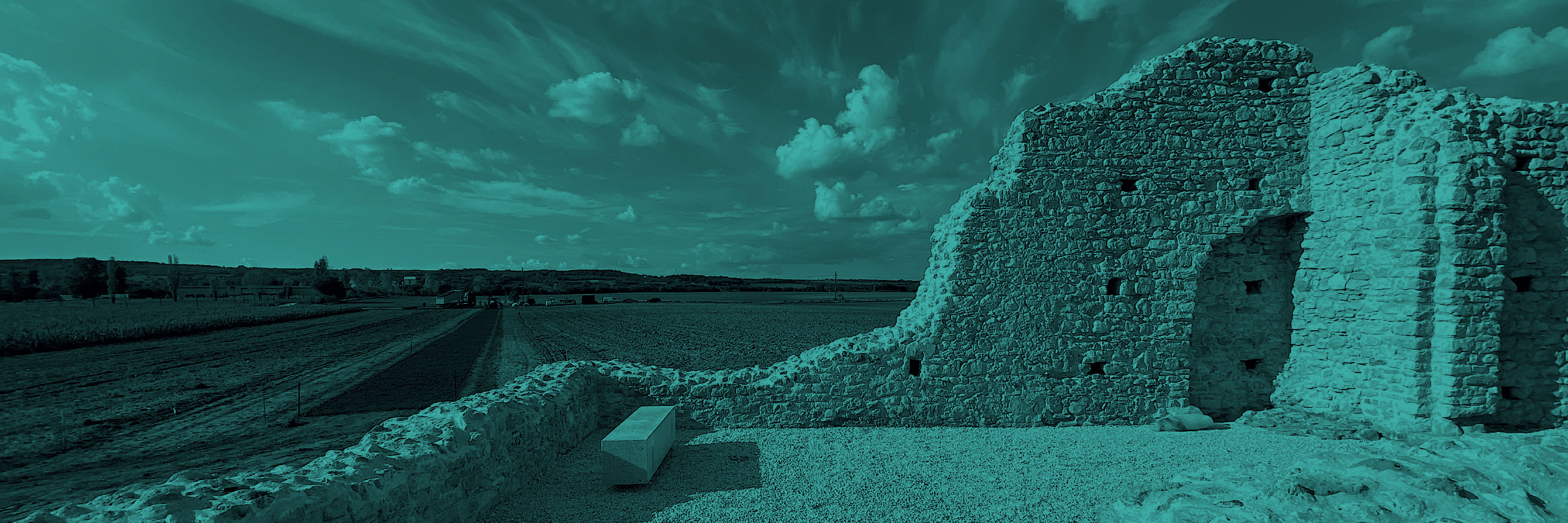N 47° 34’15.0” E 18° 45’06.7”
The first stop of the ROM Vándor (RUIN Rover) programme is the 13th century ruined church of Tök in the Zsámbék basin. The eastern-facing Árpád-era monument has been a silent witness to the beautiful, poetic landscape for around 800 years.
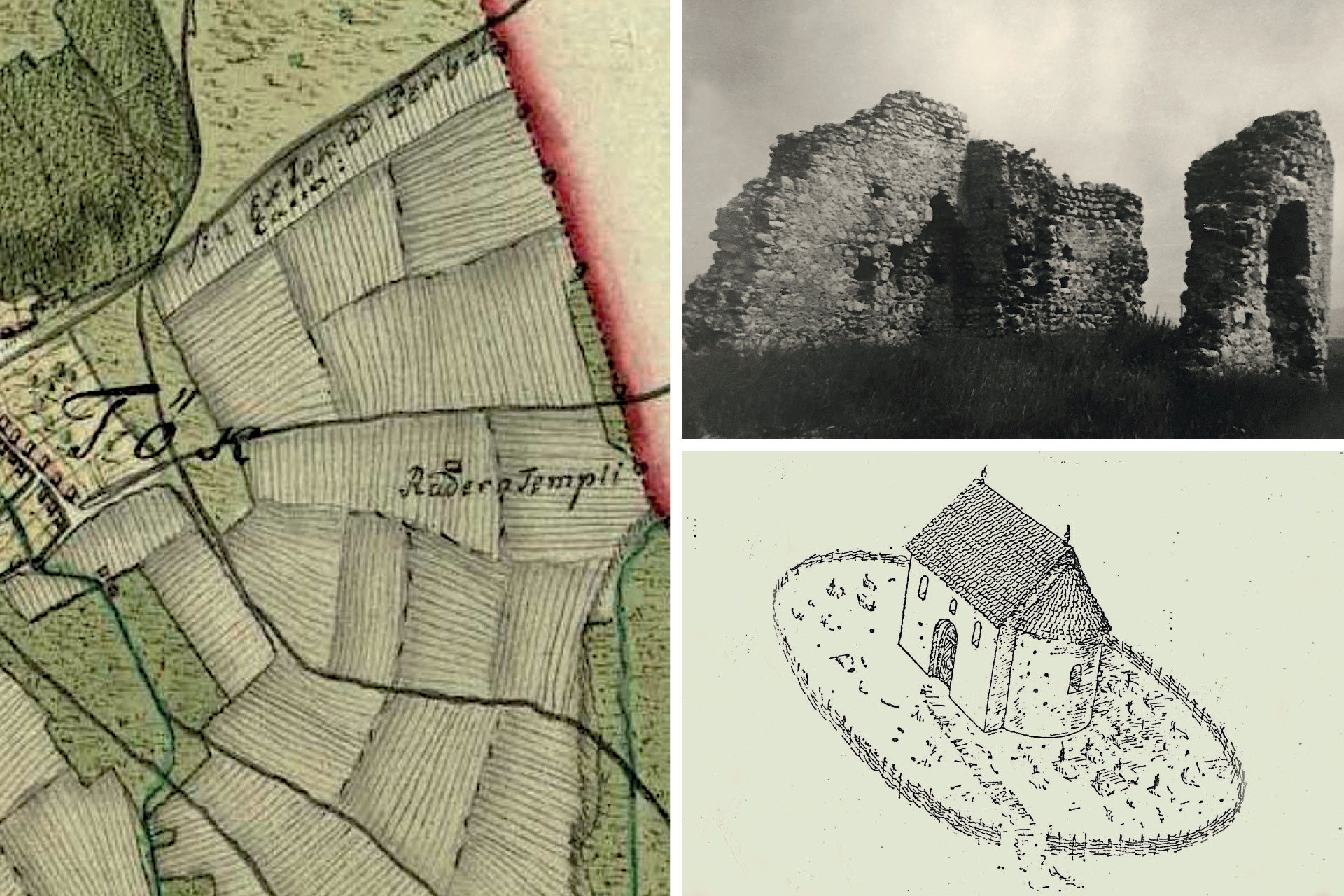
Ruin history
According to the finds explored here, Tök and its surroundings were already inhabited in Roman times. A two-span bridge over the Békás stream can still be seen today at Lake Rossz, south-east of the village centre. This is where the Roman road crossed the village, some sections of which still have stone pavement. The ruins of the church are located on the outskirts of Tök, in the Rossztemplom-dűlő named after it. In fact, its history is little known, there are few written records and its patron saint is unknown. It is probable that the medieval settlement mentioned in 1278 as “Tek/Thewk”’ refers to the village still inhabited today, and that the ruin is the remains of the parish church of the neighbouring settlement, which was deserted during the period of the Turkish rule.
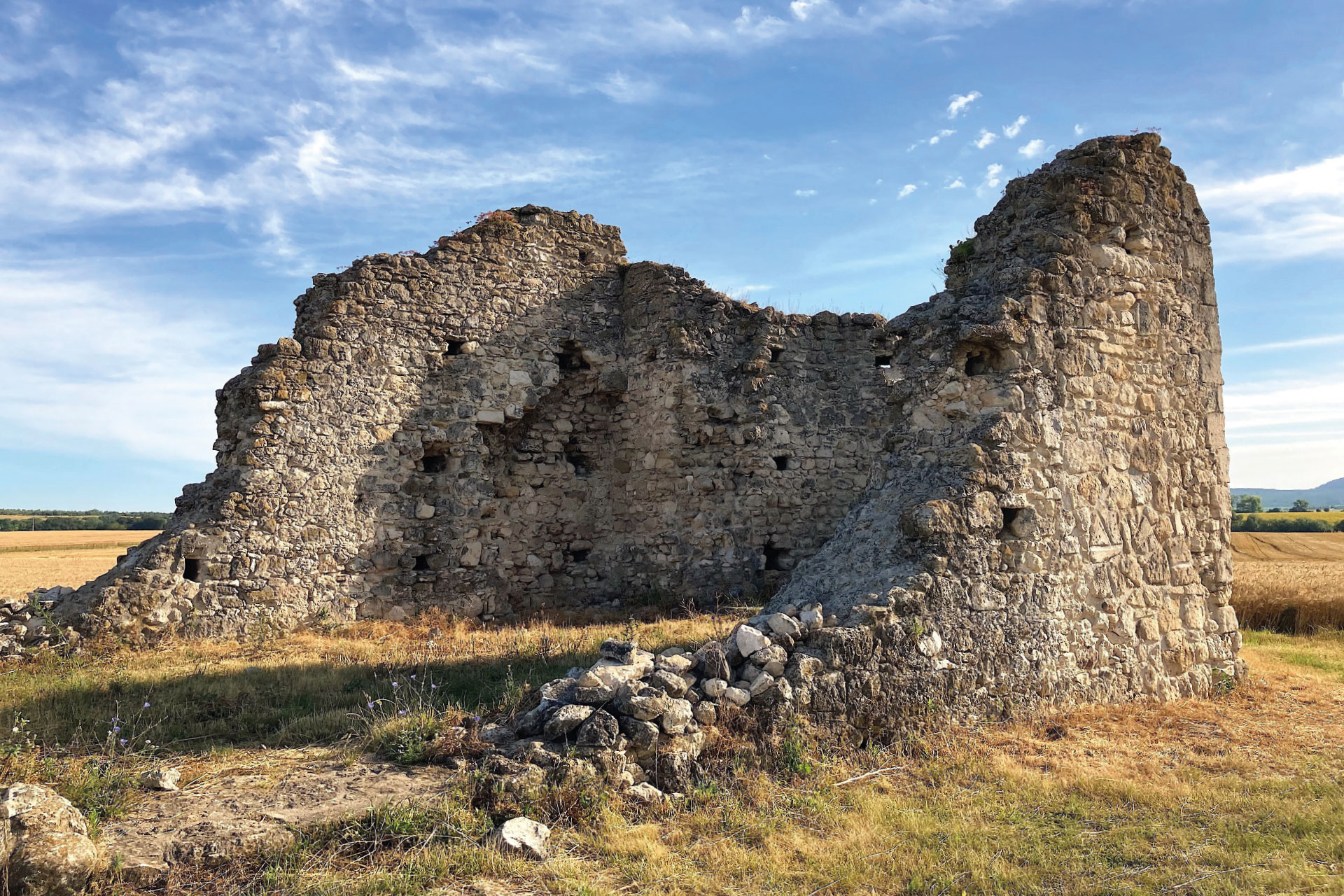
The small, single-period church (ca. 14 × 8 m) has an orientation to the east and belongs to the Late Romanesque village churches. The nave of the building, with a southern doorway, is rectangular in plan, and the sanctuary, attached to the eastern side, is semicircular. The north and south walls, attached to the triumphal arch, have quarter-round niches, each with a side altar. There is no indication of a vault, so the nave may have had a flat ceiling. The wall fabric varies in composition, with the majority being coarse limestone, but also spring water limestone, sandstone and some breccia. In the 2000s, archaeological excavations were carried out in the area of the ruin, followed by a partial restoration. Thanks to this, the deterioration of the ruin was halted, but the environmental erosion of the last 20 years has accelerated the deterioration of the site, making it necessary to intervene again.
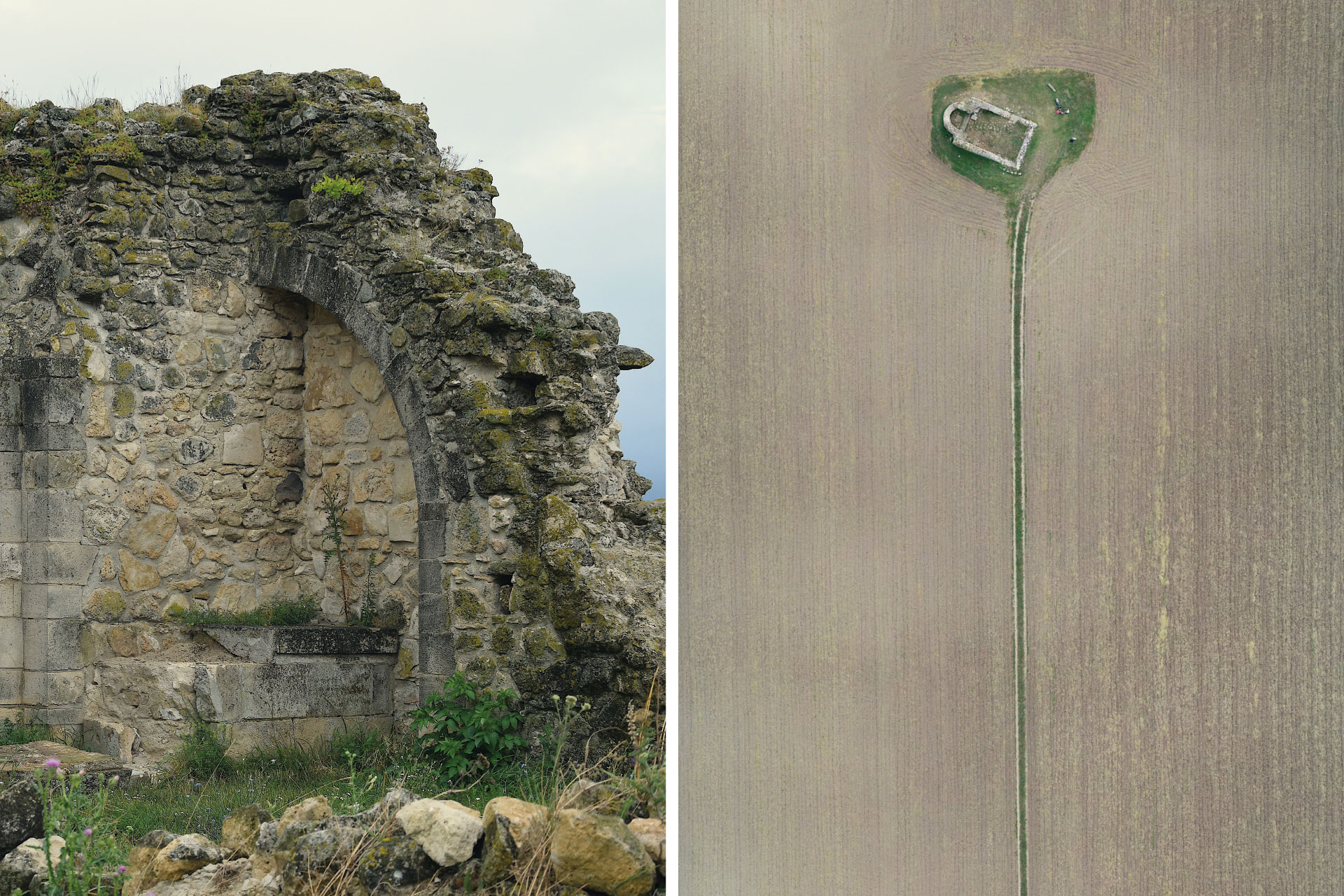
Between heaven and stone…
In the ROM Vándor (Ruin Rover) social responsibility programme of Market Építő Zrt., the monument and its surroundings could be renewed in 2022. The primary aim of the works is to preserve, present and promote this unique, lesser-known medieval ruin in a dignified way.
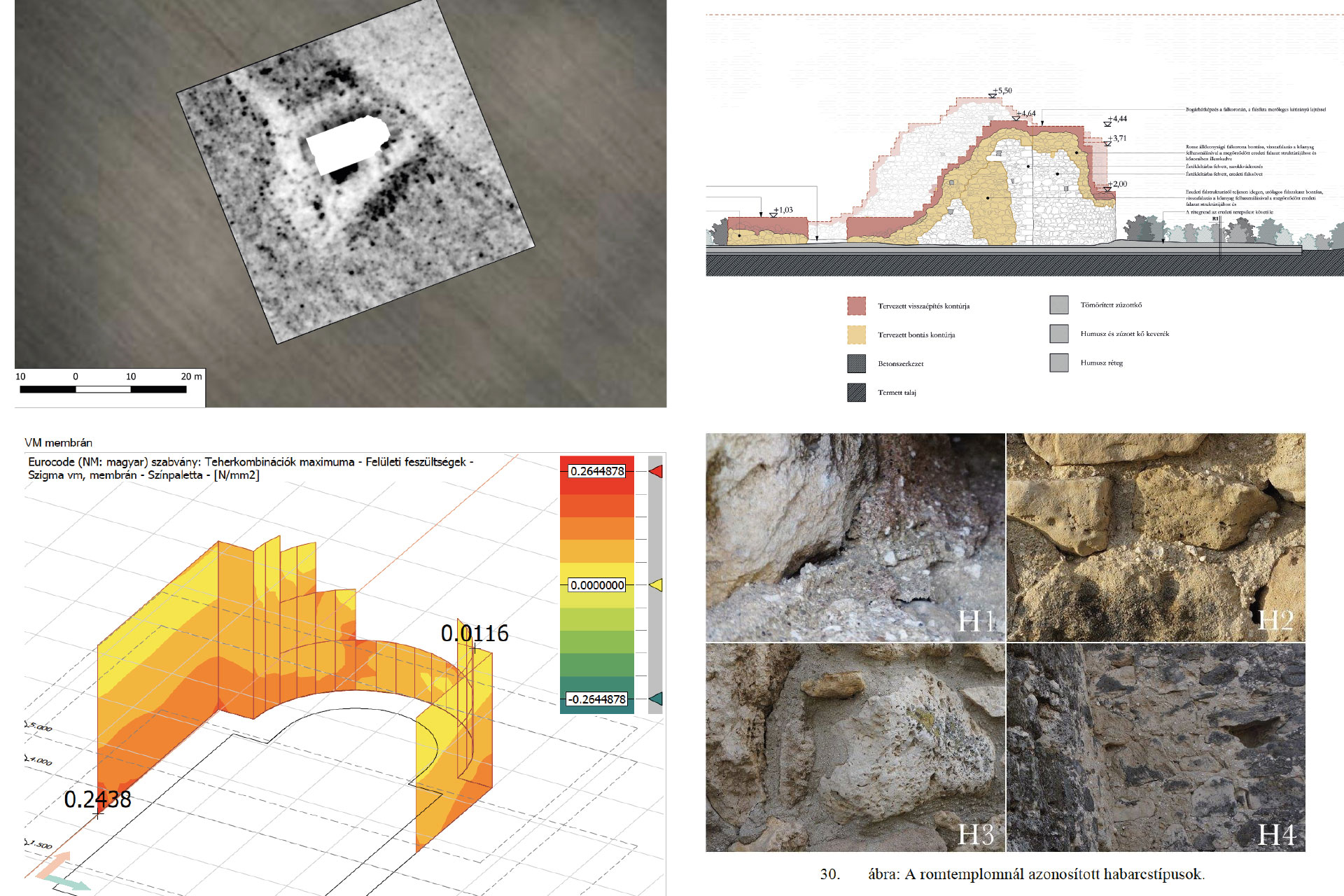
The basic principle of the design concept is the technical renovation of the ruin, the preservation of the aesthetic and historical values of the poetic ruin, the harmony between the ruin and the landscape. As part of the masonry work, the remaining medieval wall fabric was reinforced and conserved, and the parts of the building and sections of the wall that helped to interpret the structure were rebuilt and repaired. The renovated masonry was built using authentic stones preserved and collected nearby. The church interior is decorated with limestone rubble and a custom-made artificial stone seat, matching the colour of the masonry. A plaque at the entrance gate welcomes visitors with a historical description of the monument. There is also a special object in the church ruin: a ruin log made of stone dust, which anyone can write and draw in as a souvenir.
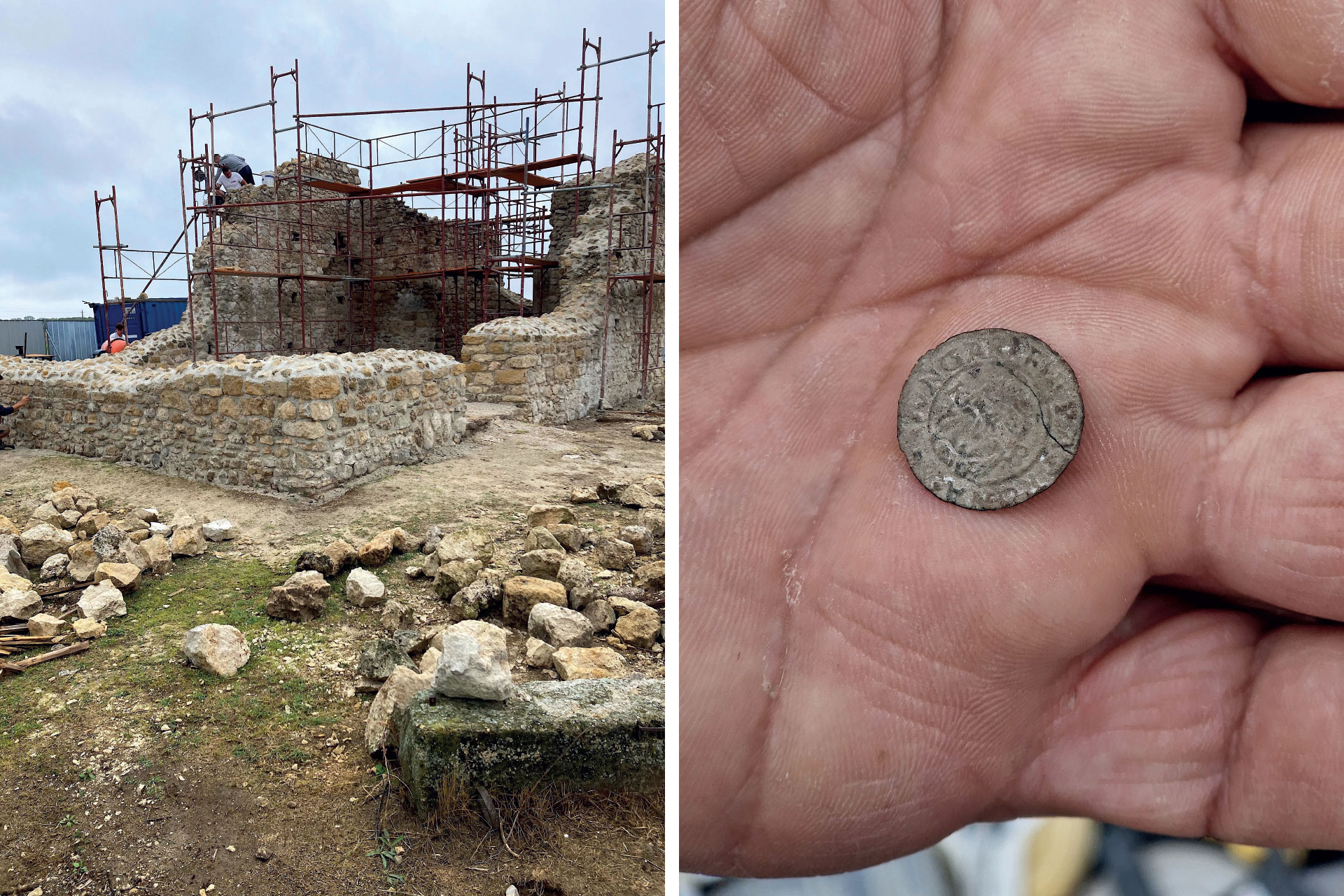
The natural balance
The statuesque ruin, standing between the cultivated plots, is a picturesque sight, its simplicity making the landscape noble and poetic. As part of the rehabilitation of the environment, a new site development has created two-way access to the monument, ensuring long-term accessibility to the ruin.
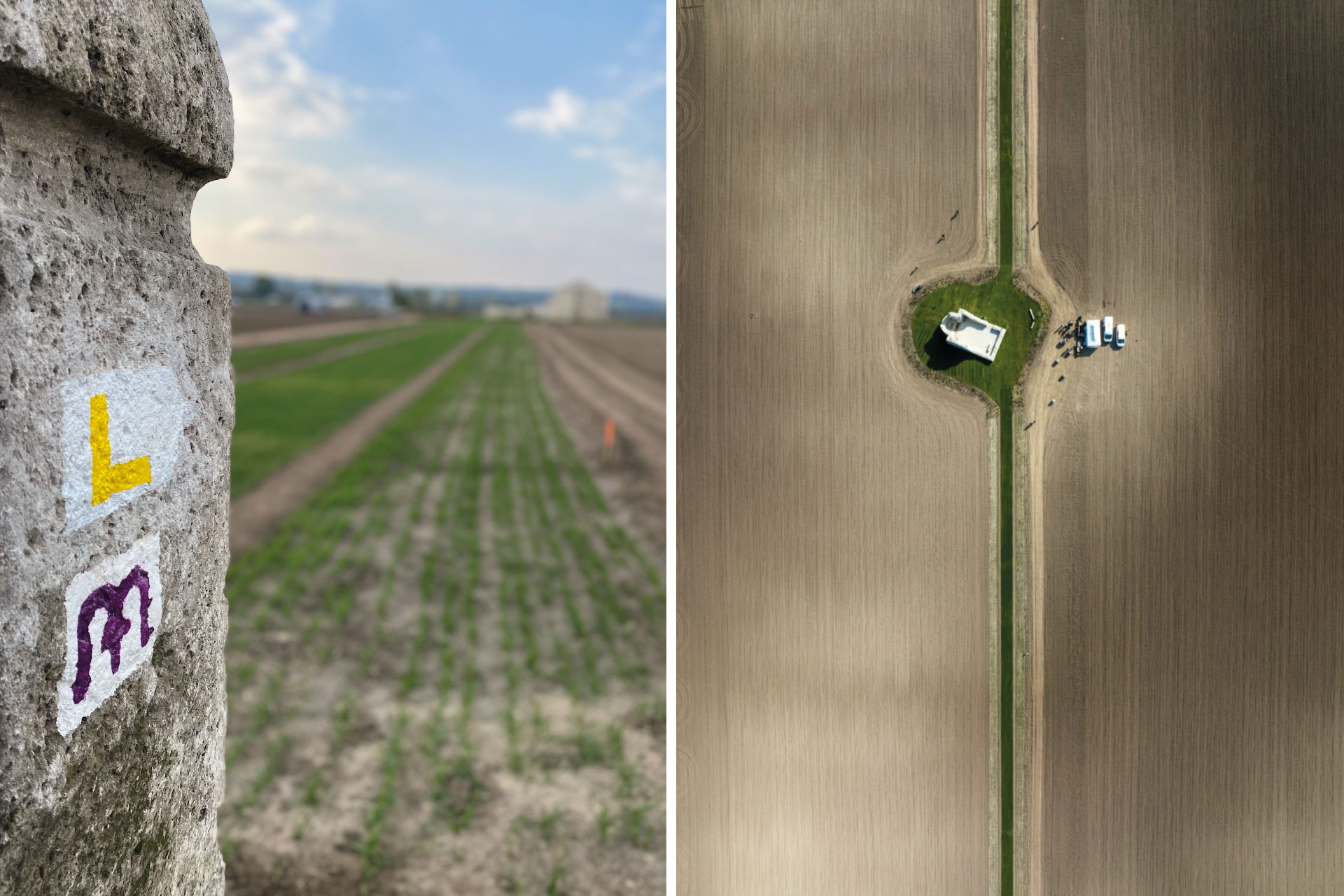
On the southern side of the site, the Pilgrim’s Way of Mary passes through the ruins, which have been connected to the site, making the sacred station easily accessible. A “green zone” has been created in the new, enlarged area, with a grassed access road and an island of ruins planted with shrubs, which both protect and enhance the vision of the monument. Silver lime trees have been planted at the forks of the access roads and wild pear trees next to the ruin, to help visitors find their way around and relax, while creating a new green habitat for the local fauna. To facilitate access by car, direction signs have been installed at the junction with the main road.
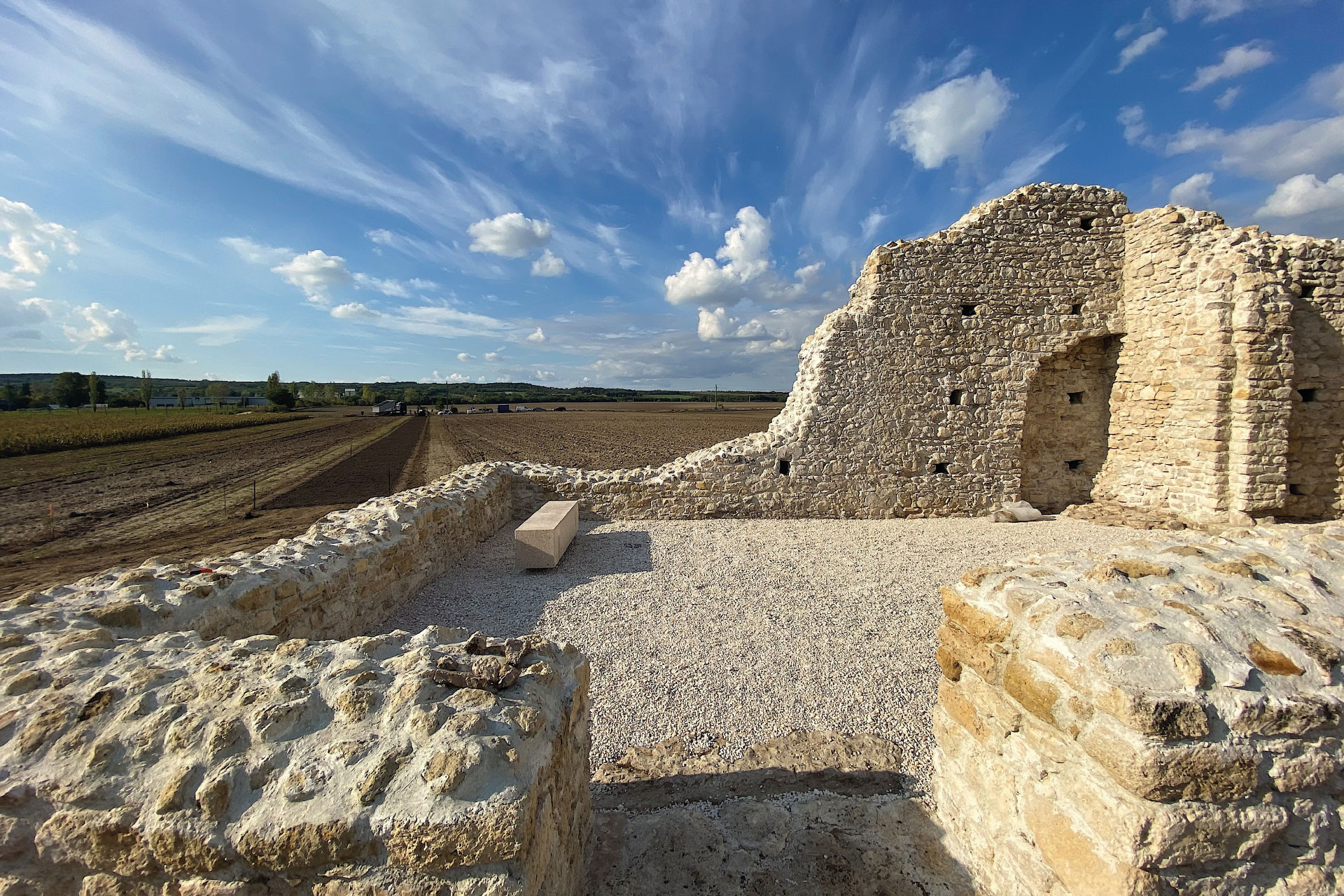
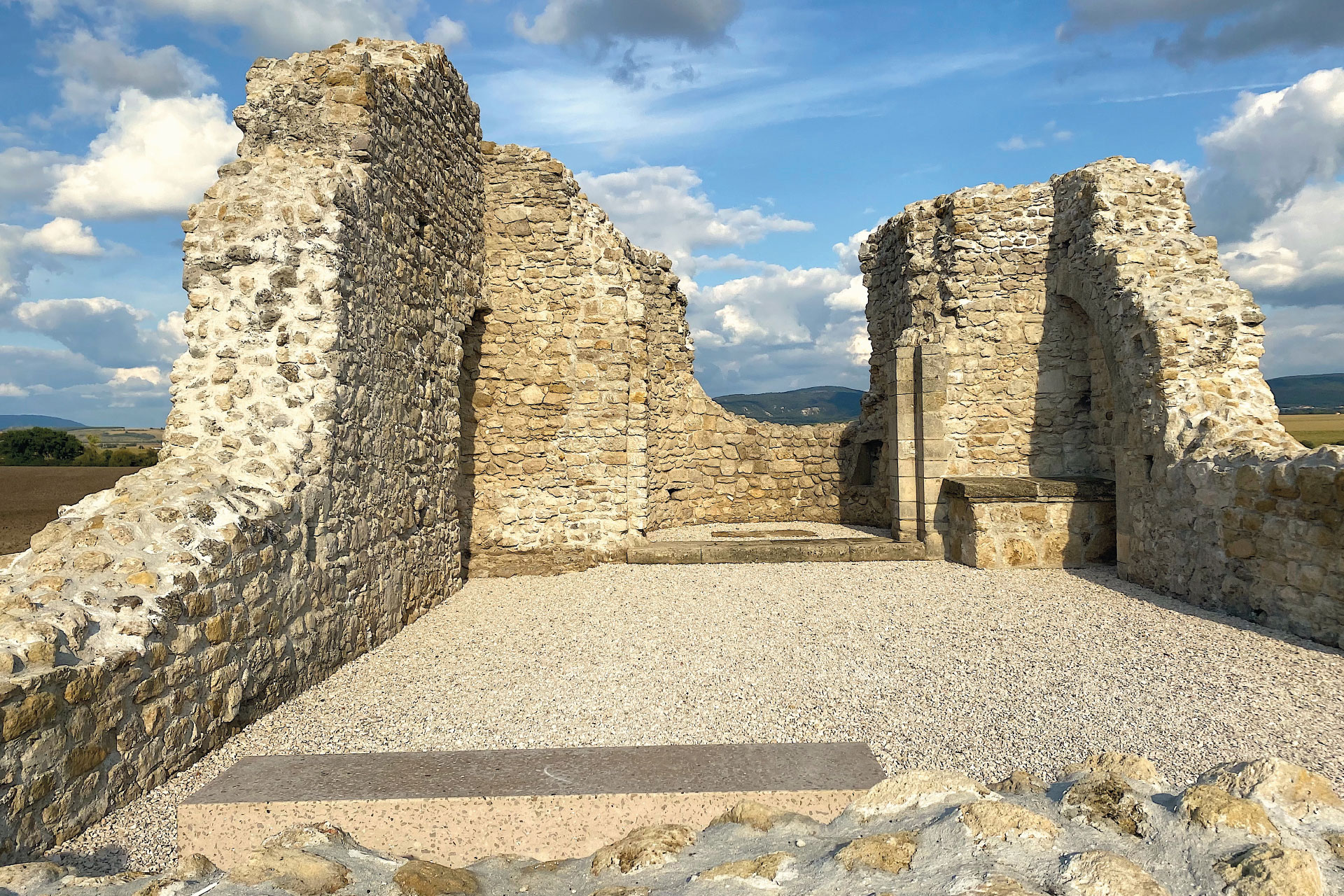
ROM Vándor (RUIN Rover)
The primary aim of the ROM Vándor (Ruin Rover) programme is the preservation and conservation of the mostly small church and monastery ruins found in our country, and the re-tuning of their environment. This goal and engagement are more complex than mere preservation: in addition to physical conservation, it is also an important part of enriching the stations of our regional hiking and pilgrimage movements, increasing scientific knowledge and educating local communities about cultural history.
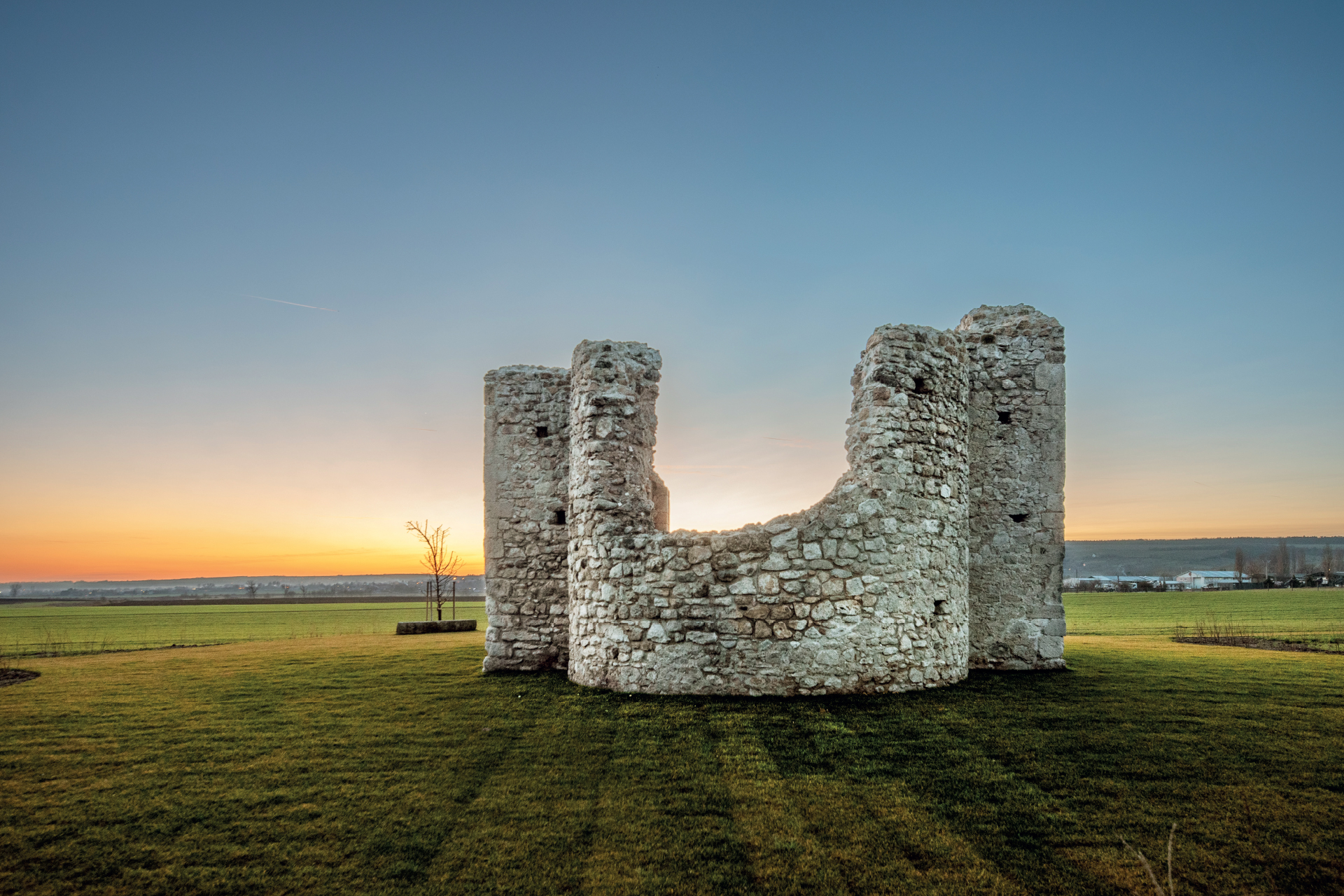
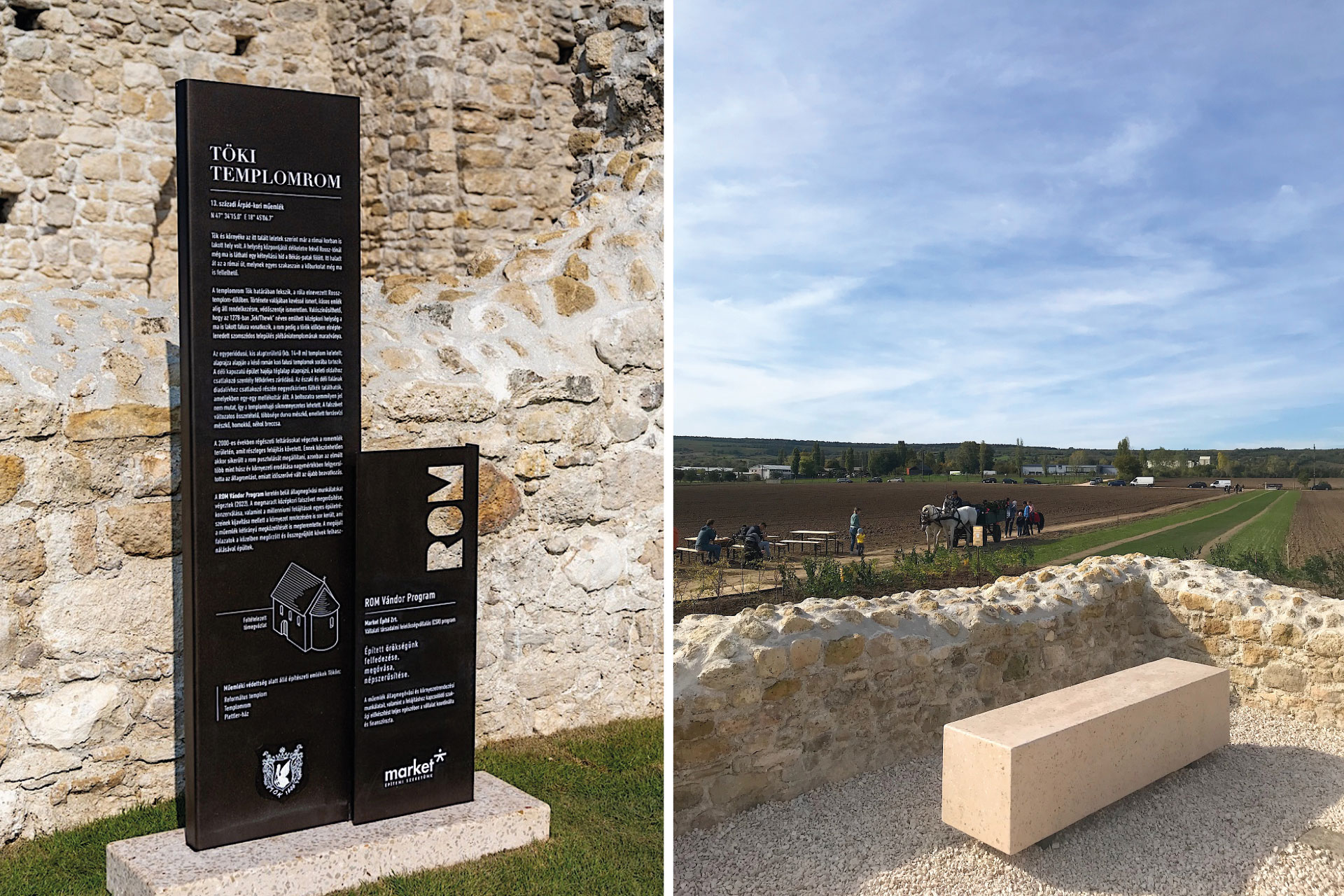
„There is a time to scatter stones, and a time to gather stones together.”
Book of Ecclesiastes / Solomon 3:5
In the process of the project, it encourages local authorities and residents to take care of the long-term preservation and maintenance of the monument and its surroundings, including the younger generation in the long-term care of our unique built heritage.
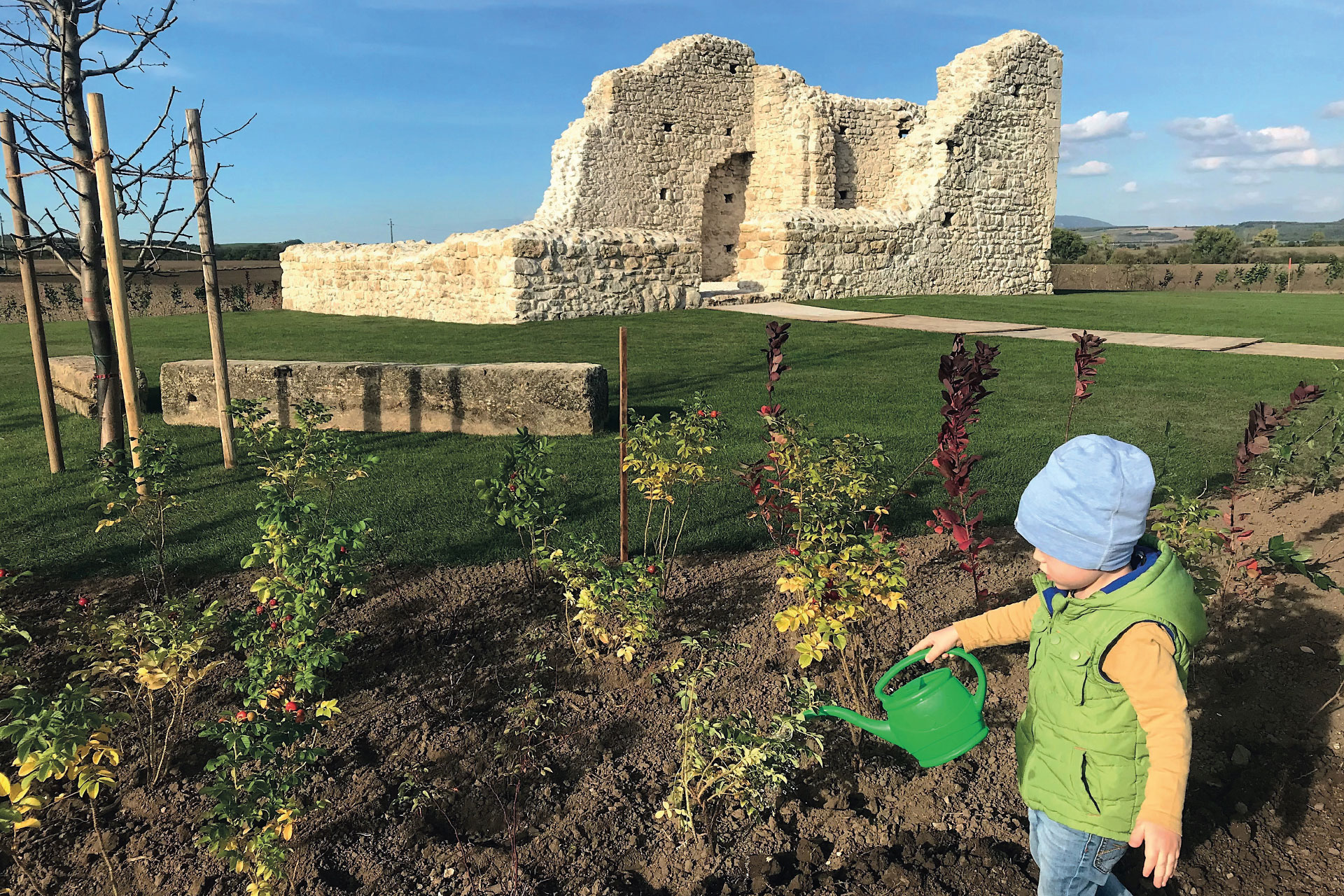
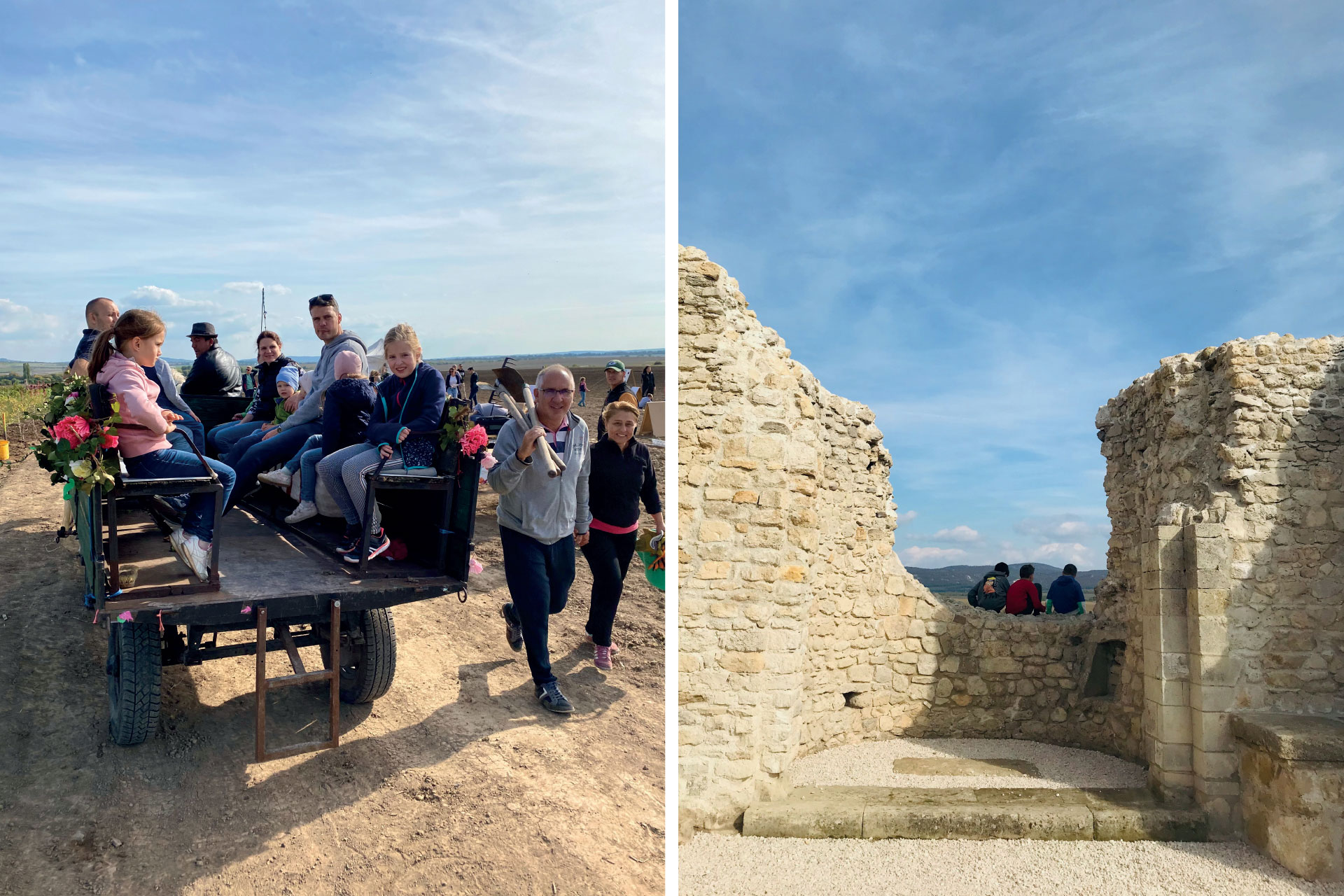
At the launch of ROM Vándor (Ruin Rover), the company advertised the programme to its employees, who could actively participate at relevant milestones. Around 100 volunteers and their families took part in the landscaping of the environment and the planting of hundreds of shrubs at the ruin church.
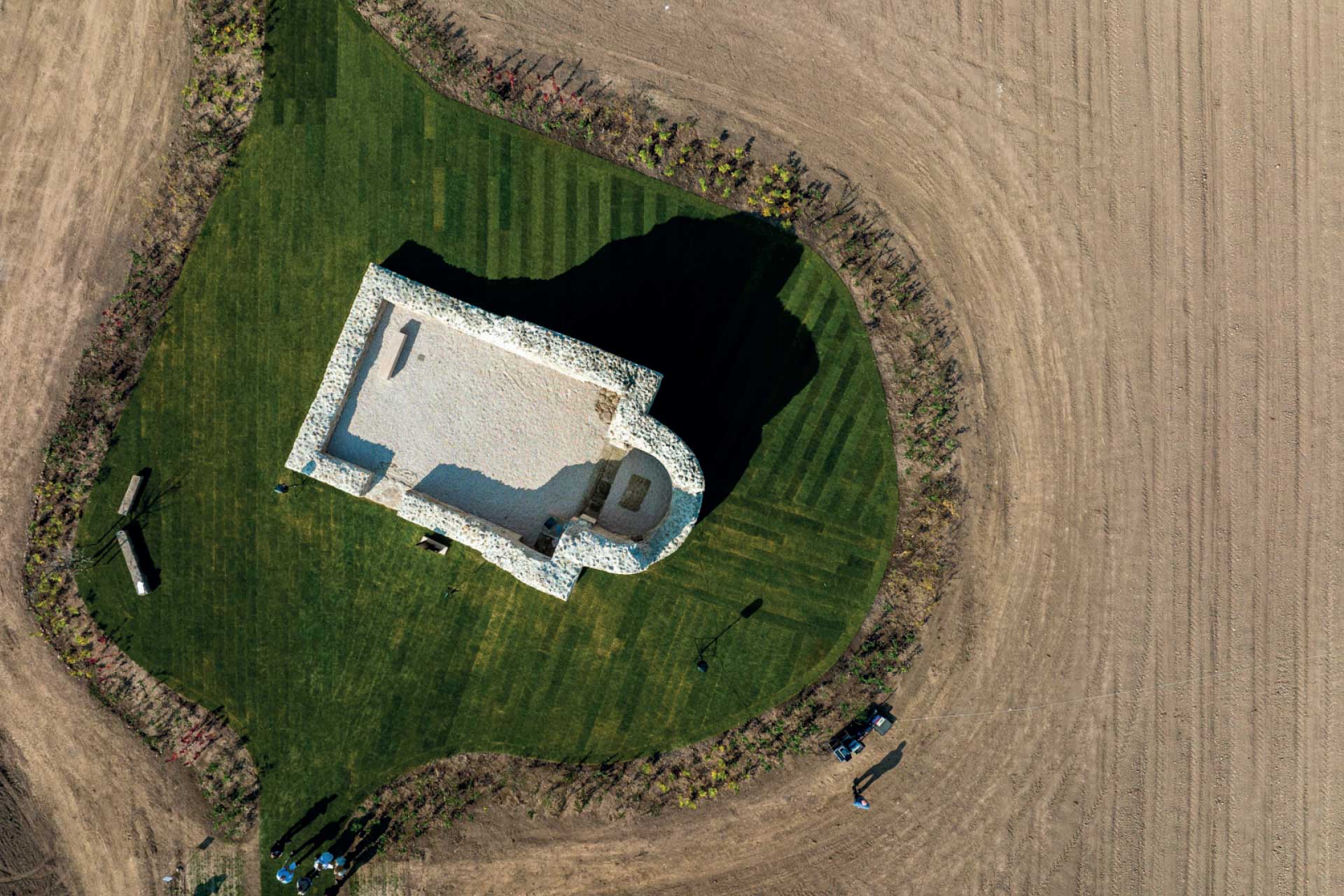

The press coverage of the inauguration was nationwide, and as a result the news of the renewed ruin church reached a wider audience.
https://www.youtube.com/watch?v=Yzo1yIv6x_U
https://epiteszforum.hu/romvandor-egeszen-ritka-dolog-tortent-a-kozepkori-tok-templomromjaval
https://magyarepitok.hu/mi-epul/2022/10/arpad-kori-templomrom-ujult-meg-a-fovarosi-agglomeracioban
https://www.octogon.hu/epiteszet/romok-uj-elete/
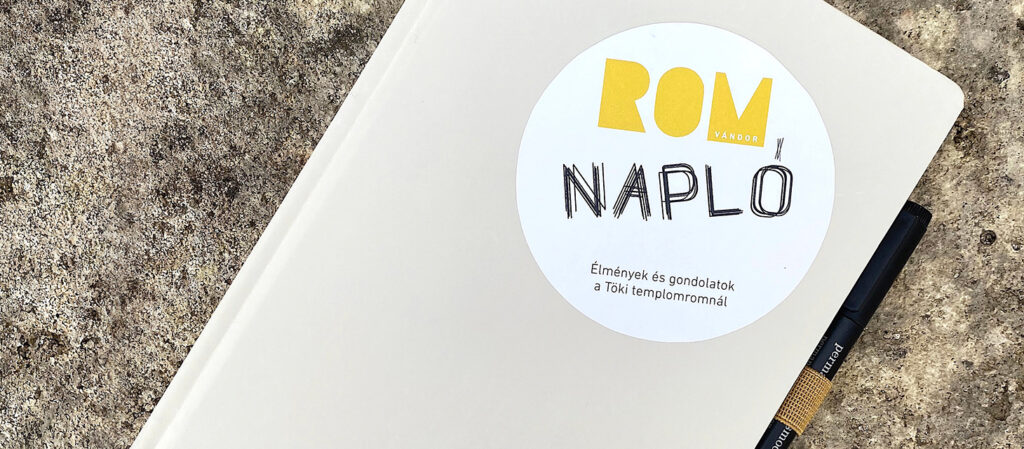
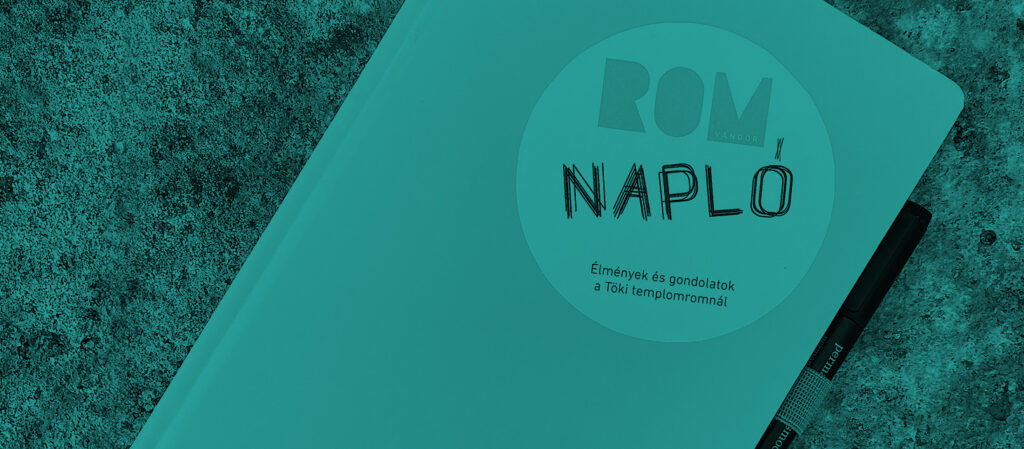
ROM VÁNDOR PROGRAMME 01 / TÖK
Main contractor: Market Építő Zrt.; Programme director: Péter Belecz; Project manager: Tamás Krenn; Construction managers: Tamás Szabadosi, János Dubecz
Partners
Design: dr. Tamás Mezős (M&M Architektész Építésziroda Kft.); Landscape architecture and environmental planning: dr. Kinga Szilágyi, dr. Mária Windisch; Rock-hammer and mortar analysis, wall diagnostics: Ákos Török (BME); Professional consultant: Ádám Arnóth (monument expert); Archaeological partner: Salisbury Régészeti Kft.; 3D point cloud, orthophoto: Tinor Szappanyos, Kvalitron Kft.
Execution
Market Építő Zrt., Market Épületszerviz Kft., OKM Kft., Stylos Kft., Harappa Kft., Ornamentika Kft., T-Brass Kft.


